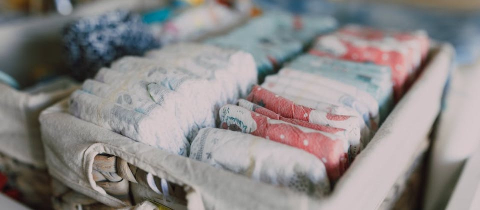The ice was painted white. Artificial ice, which is a misnomer since it is very real ice, is made by pouring water over a concrete surface that can be cooled by circulating refrigerated brine solution through pipes embedded in it. The color of the concrete can be seen through the ice which appears a dull gray, providing less than ideal contrast with the black puck. At the beginning of the 1949-1950 season the National Hockey League decided to try painting the ice in order to allow spectators to see the puck more clearly. The white pigment used was probably titanium dioxide, although at the time lead carbonate was still a commonly used pigment and could have been a component of the paint. White light is a mixture of all visible wavelengths, and these pigments reflect all wavelengths. Color appears when some of the wavelengths are absorbed by a material and others are reflected. An ideal white paint will reflect all wavelengths.
Today, titanium dioxide, zinc oxide and calcium carbonate are the pigments used in white paints, including the ones specially formulated for ice. Television viewers got their first glimpse of painted ice on October 11, 1952 with the initial Hockey Night in Canada telecast. When color television appeared, cameras couldn’t handle the brilliant white ice surface and it had to be painted blue. Technology soon overcame this faux-pas so that today we can watch hockey played on a white sheet of ice, as it should be. Real “artificial ice” does exist, made of polymers treated with a lubricant. Ice skates can be used but of course you can’t get that great spray of ice particles when stopping. Interestingly, these artificial surfaces are also treated with titanium dioxide to make them white.







